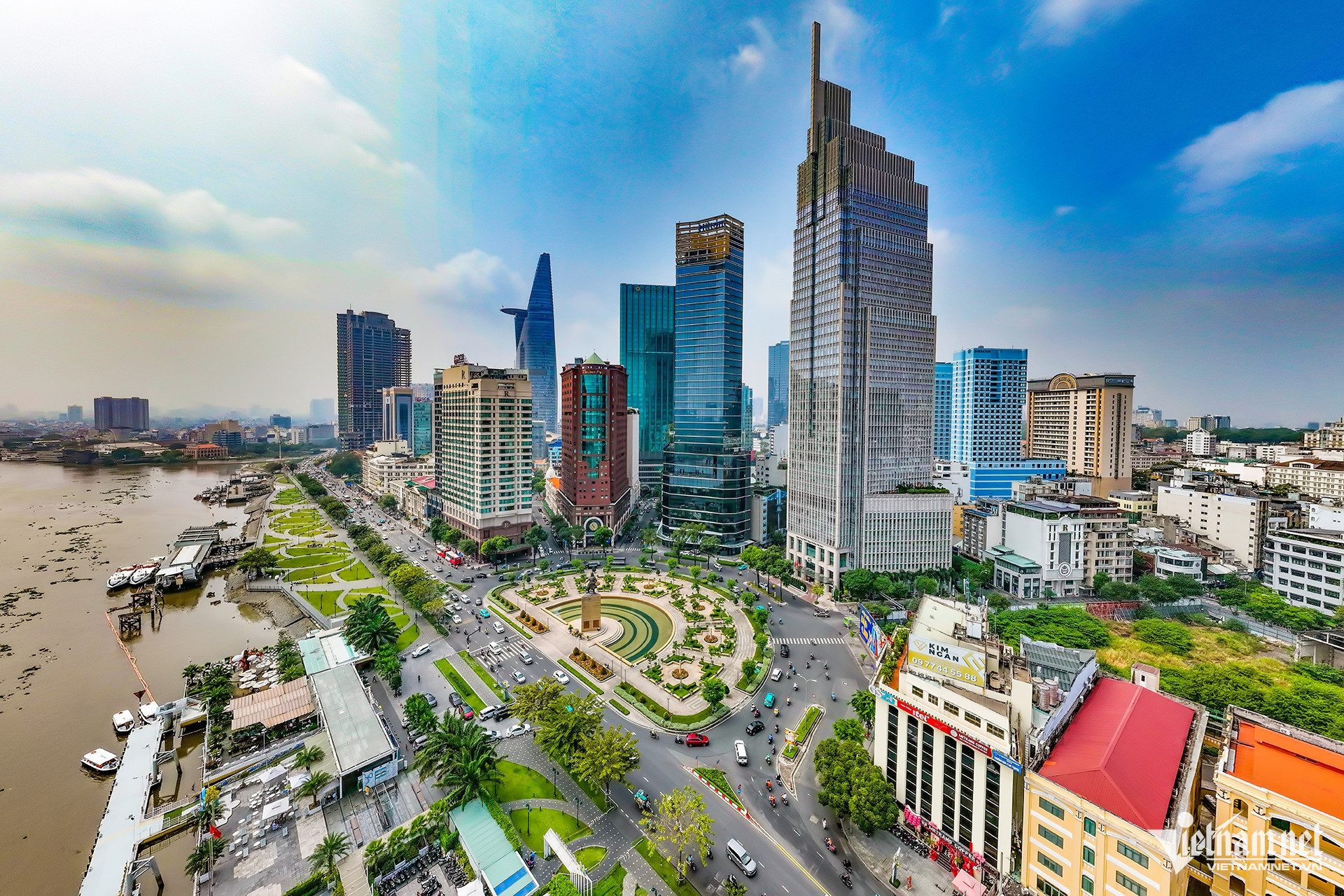
With over 25 years of experience in marketing and brand building at multinational corporations, Tri is a seasoned expert in consumer and retail brand management. She has managed global brands in more than 40 countries.
Having lived and worked in the Philippines, Thailand, and Singapore for 15 years, her extensive international experience gives her a comprehensive view of branding’s role in driving national economic growth, particularly in positioning HCM City’s brand.
A harmonious ‘symphony’ for national and city branding
Tri said that a national or city brand is not just a symbolic concept but a vital tool in a country’s long-term development strategy. She noted that building HCM City’s brand can deeply influence Vietnam’s brand in the international arena, and vice versa.
Both Vietnam and HCM City, to some extent, have established brands. However, the critical question—What is that brand’s positioning?”—still lacks a clear answer.
“When talking about the US, people think of New York, Washington DC, or Silicon Valley, or the birthplace of the American Dream. Singapore is tied to the ‘Where passion makes possible’ slogan, while South Korea shines with K-Pop, she noted.
“But what comes to mind when people think of Vietnam or HCM City?” Tri said. “We have pho, ao dai (long dress), beautiful beaches, rapid growth, and Resolution 57, aiming for breakthroughs in science, technology, and digital transformation. These elements must be refined into a clear, resonant message to position the national and city brand.”
She noted that branding efforts have been made by ministries, branches and localities, but Vietnam still lacks a comprehensive branding strategy with focus on quality.
“It’s time for a unified strategy and dedicated organization to orchestrate a powerful ‘brand symphony’,” she added.
‘City of Breakthrough Opportunities’
HCM City currently uses the slogan “Vibrant Ho Chi Minh City” for tourism marketing, but Tri said this is only positioning for tourism, not for a comprehensive city brand.
AVSE Global, where Tri is a member, has proposed a new positioning: “HCM City - City of Breakthrough Opportunities”.
“Three hundred years ago, the city was the place where migrants came to reclaim land and seek new opportunities. About 80 percent of HCM City’s population are migrants, which shows that it has long been a ‘promising land’,” she explained.
“HCM City is a place that always experiments with the newest ideas and things. As a latecomer, it can learn, adapt, and leap forward,” Tri said. “Singapore is an example. It built a more modern subway system by learning from cities like New York, Tokyo, and London.”
Once a brand positioning is set, all policies and strategies, from the economy, culture and tourism to technology, must align to the positioning.
Compelling story
In the 2024 global city brand rankings, Hanoi and HCM City were among the top 100 based on recognition, reputation, and influence. Hanoi ranked 82nd, HCM City 90th.
Tri noted that the rankings reflect the low global brand recognition of HCMC, which needs proactive international communication and “new stories to relate, not just war narratives”.
“HCM City was once known as Saigon. A city with two names is already a story. But we still need stories of creativity, innovation, and progress to portray a dynamic, thriving HCM City,” she explained.
She stressed the role of cultural industries in shaping a city’s brand identity.
“Like South Korea with K-Pop, the US with Hollywood, or Japan with anime, HCM City can carve its own mark by leveraging creative culture,” she said.
Future ‘Megacity’
Vietnam is streamlining its administrative system by merging provinces and cities, which Tri sees as a chance to create a “megacity – HCM City” with greater economic and development potential.
Currently, HCM City faces high transport and supply chain costs in the region. Expansion would enable seaport infrastructure development—a key factor in becoming a major logistics hub.
Expansion could also boost coastal and resort tourism alongside traditional activities like dining, shopping, and cultural experiences. Incorporating neighboring industrial provinces would further strengthen regional competitiveness.
Ho Giap